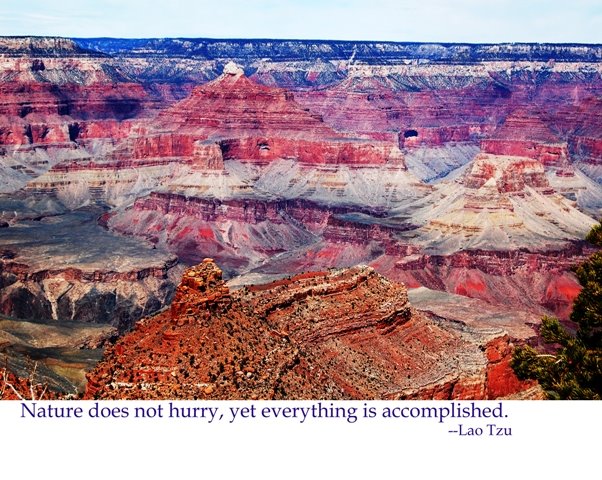When I was in elementary school in Gruver in the Texas panhandle, my scout group went to Adobe Walls. The scout leaders worked with the school to get us some background on Adobe Walls. We were told it was the oldest adobe house in Texas. So, that was kind of interesting. We went out and looked and collected all kinds of old junk. I came home with a cigar box (remember those?) full of rusty square nails and an old bedspring. There was the remains of an adobe house, and spots that we could see where other buildings had once stood. Interesting, but fairly quickly forgotten.
Then in about 1987, I read Larry McMurtry's Lonesome Dove
Adobe Walls was actually the site of one of the first and most important trading posts on the old Sante Fe trail. William Bent and Ceran St. Verain built a couple of adobe buildings, but mostly traded from tents. They originally attempted to trade with the Kiowa and Comanche that roamed the area. The Comanche and Kiowa were not willing trading partners though. They were much more interested in taking what they wanted by force. So Bent and St. Verain improved and fortified their settlement to trade with settlers migrating west on the Santa Fe trail. Even with the fortifications, raiding Comanche, Kiowa, and Apache warriors made life so uncomfortable that the trading post was abandoned.
In 1865, Kit Carson and his 335 troops took refuge in the abandoned buildings and held off an attack by an estimated 3,000 Kiowa and Comanche warriors. Carson's troops suffered less than 10 casualties while killing or wounding several hundred Indians. More recent historians have lowered the number of the warriors involved and killed or wounded. As one historian said, if 3,000 Comanches ever followed a single leader on the warpath, they would have conquered all America, Mexico, and Canada. So, I guess typical of Texans, the events were exaggerated, and probably greatly exaggerated. Still a great story though.
About ten years later, an even more famous battle was fought at the site. A group of buffalo hunters, skinners, and hunters, including soon-to-be famous lawman, Bat Masterson, used the site as a campsite during their travel. Before sunrise, the hunters were awakened by a cracking roof timber. While the buffalo hunters were repairing the ceiling, a group of about 700 Comanches, Kiowas, and Cheyennes led by Quanah Parker attacked. The hunters took shelter in the old adobe building and held off the attackers with their long-range buffalo guns for a full day. One hunter, Billy Dixon, took a shot at one brave from almost a mile away. And hit him. Accounts differ as to who the brave was and whether he was killed. But he was hit with Dixon's amazing shot. And shortly afterward, the Indians retreated.
But we were taught that it was an old adobe house.
We received Raelynn's social studies (they choose not to teach history in middle school in Colorado) lesson plan a few weeks ago. One of their planned lessons was "the Constitution and current events." Wow, with the debate on health care going on at the time, this would be a perfect opportunity to show what amazing forethought was involved in the creation of our Constitution. With the progressive mindset of many of our teachers, Cathy decided that this class would be very interesting to sit in on. So, what was the focus of this very interesting class? Mobiles. You know, like you would hang above a crib. Or maybe like you would make in kindergarten or first grade. Did I mention that this was an eighth grade class? The perfect opportunity to teach about what may be the most important and most expensive piece of legislation of our lifetime and its impact on their future. And how our founding fathers felt about our government's role in our everyday life compared to the current administration's view. And they got out the scissors, construction paper, paste, and yarn and made a mobile!
It has to be part of a plan. No one could unintentionally make the past so irrelevant, could they?
Read A Patriot's History of the United States
+with+quote+sized+for+web.jpg)








